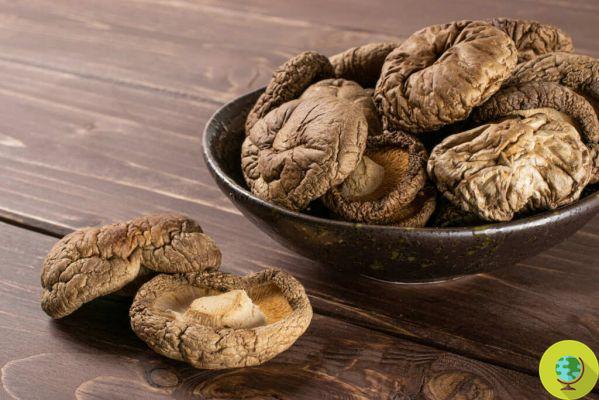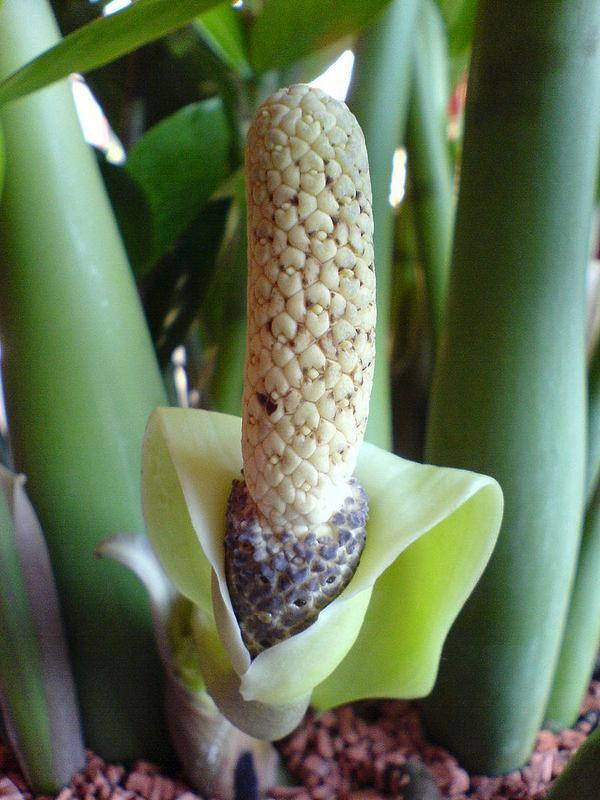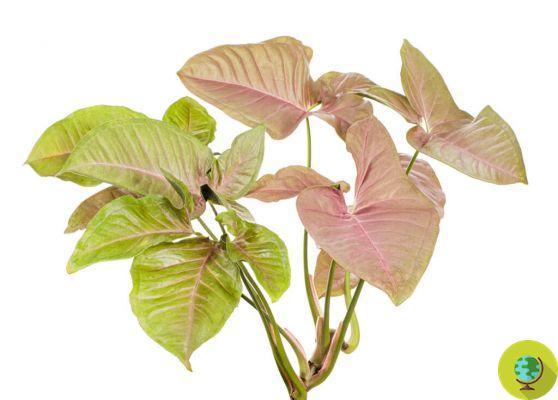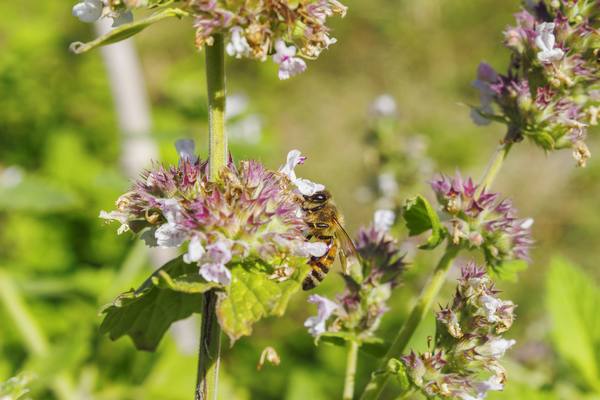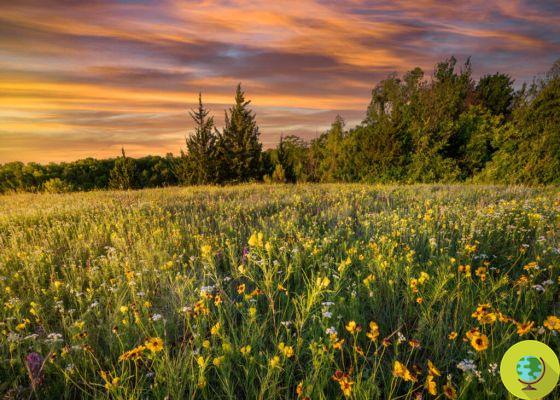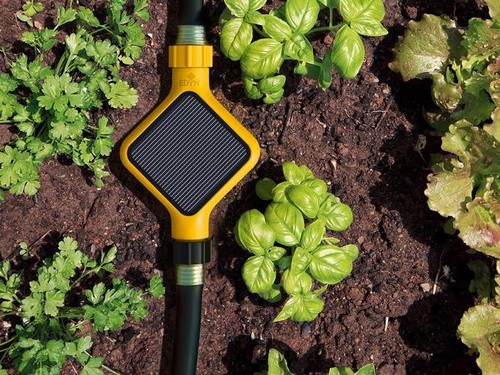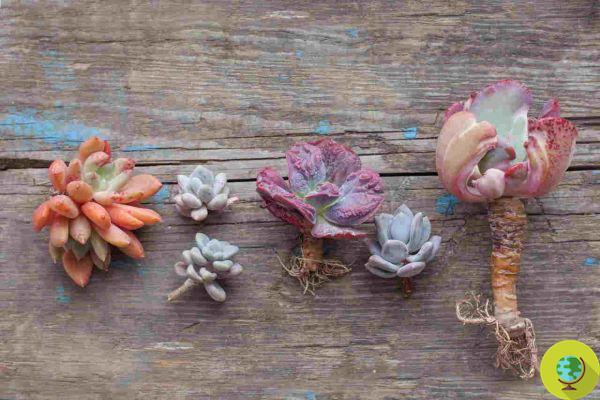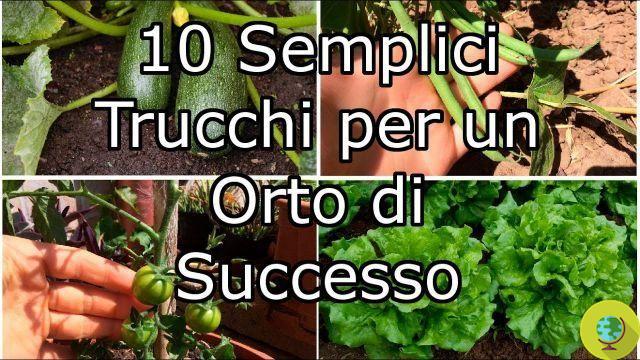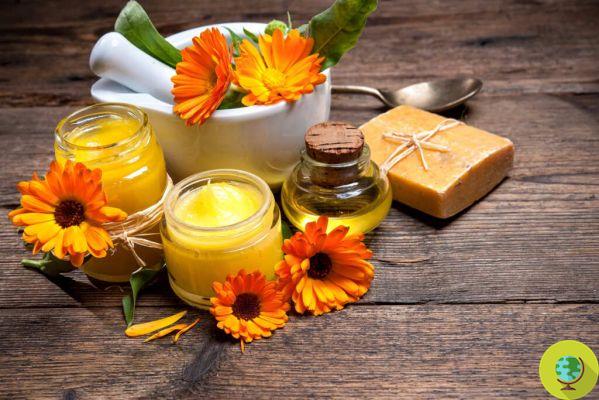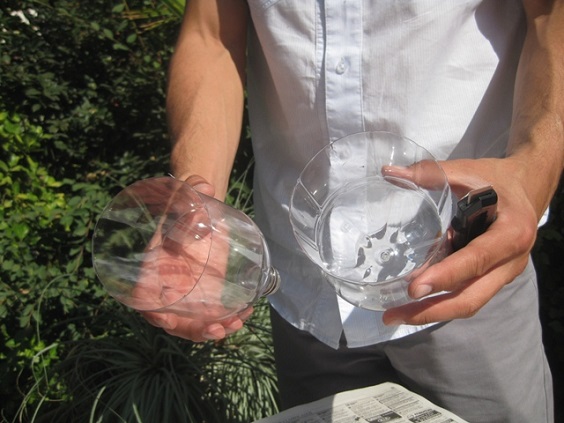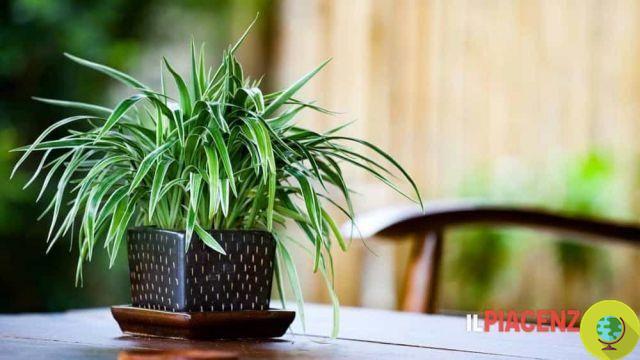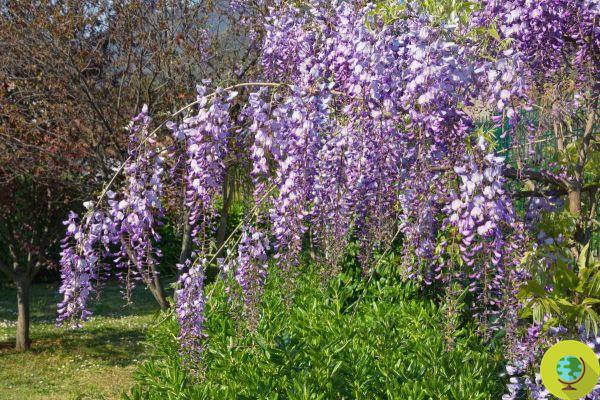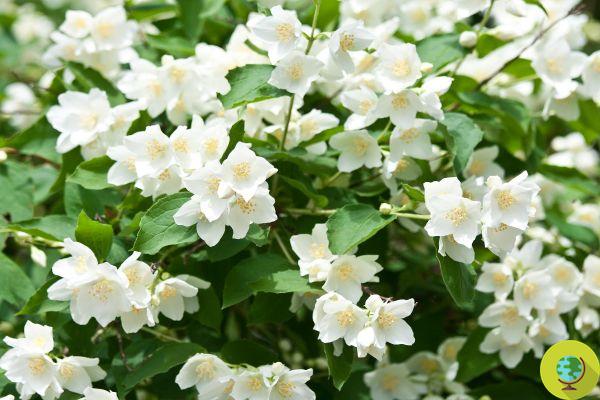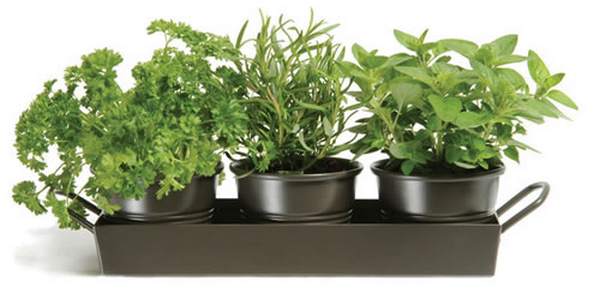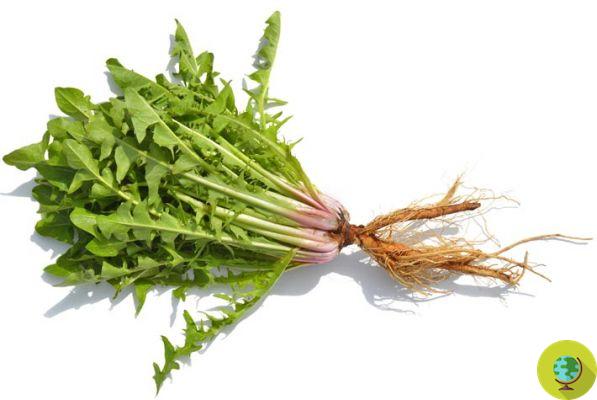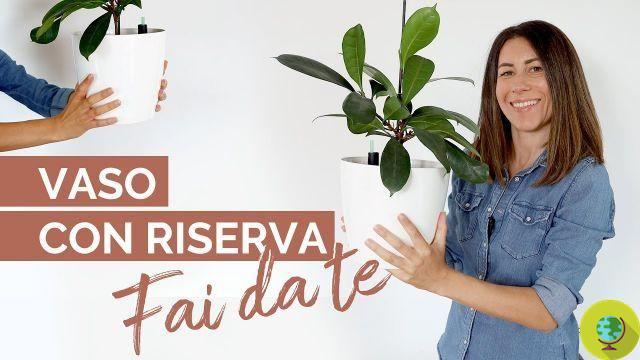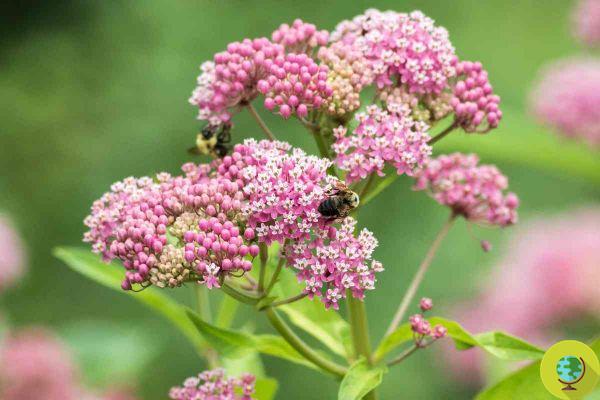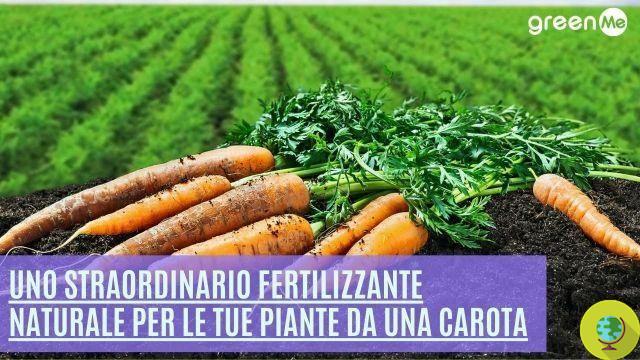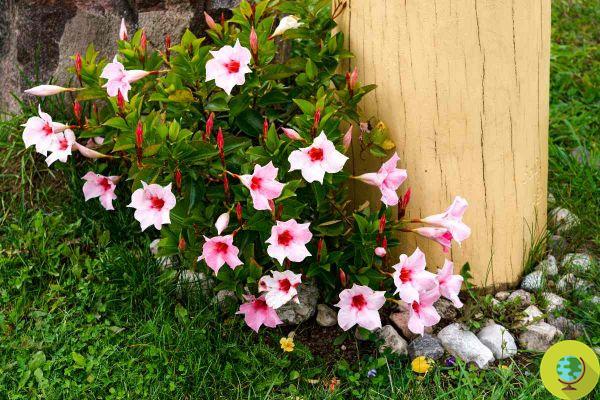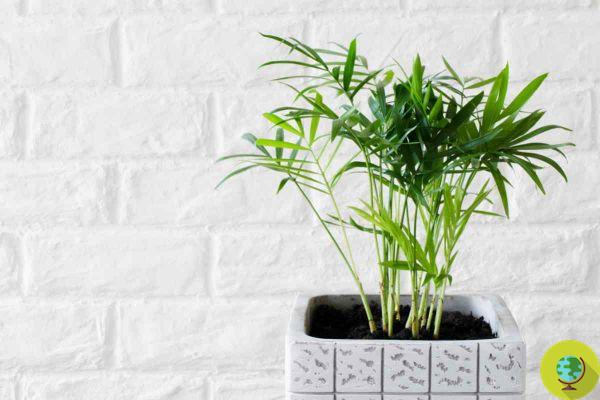Find out how to tell if you are giving too much fertilizer to the plants in your garden. Here's how to ensure optimal plant growth.
He is about to end up run over, his mother saves himFind out how to tell if you are giving too much fertilizer to the plants in your garden. Here's how to ensure optimal plant growth.
Il fertilizzante can help promote plant growth, keep them healthy and stronger by providing them with a well-balanced level of nutrients.
Fertilizer must be used during the growing season, which runs from early to mid-spring, but it's actually not that simple as each plant has different fertilization needs.
Here's how to tell if your plants need more nutrients or are getting too many.
How to tell when your plant needs fertilizer
Plants need a right balance of minerals; among the most important we point out nitrogen, phosphorus and potassium.
A mineral deficiency can be caused by poor soil conditions, an imbalance in PH levels or a drought. When plants are deficient in these nutrients, the signs are not the same as for lack of water or sunshine.
La nitrogen deficiency will result in yellow leaves, starting at the tips and then reaching the stem. A lack of phosphorus, on the other hand, causes nitrates to build up in the plant, giving it a dull dark green color, and sometimes the leaves even turn purple.
when the potassium levels they are too low, however, you may start to see small spots on the leaves that grow over time and create large patches of discoloration.
When these signs appear, it is necessary to add soil improvers and slow-release fertilizers, to slowly restore the plants to health. (Read also: 12 do-it-yourself organic fertilizers and pesticides against garden pests)
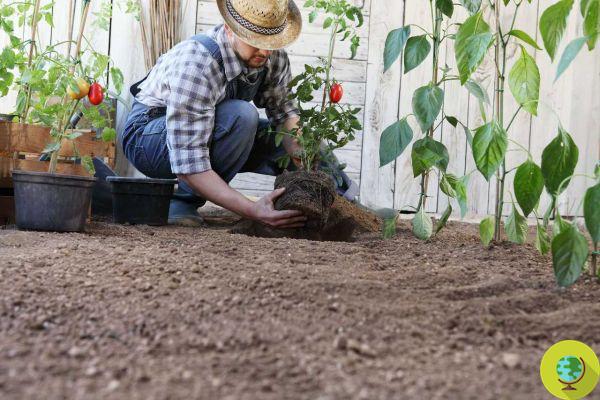
@Visivasnc/123rf
What is fertilizer burn?
The other aspect of fertilizing plants is giving them too many nutrients, creating what is called "fertilizer burn".
Applying too much fertilizer can suck moisture out of the plants, causing them to dry out and appear burned (hence the name). The leaves will tend to appear beige or brown, and withered; over-fertilization can also look like white streaks on the green leaves.
When these signs appear, the ground must be "smoothed"; there leaching involves watering as much as possible, without drowning the plant to get rid of excess fertilizer.
Outdoors, the disadvantage of leaching and the excess of chemical fertilizers are the negative effects on waterways. Fertilizers can destroy the natural ecosystem of algae and kill fish and marine life. To avoid over-fertilization, try a slow release product or use the compost organic natural. (Read also: Natural fertilizers: 10 infusions to nourish the plants)
On natural fertilizers could it be interesting for you:
- Natural fertilizers: what happens to your plants by adding a handful of Epsom salts to the water once a month
- Prepare these amazing plant fertilizers with 5 daily scraps that you would throw away
- Natural fertilizers: 10 infusions to nourish the plants
- Nettle macerate: how to prepare the cheapest fertilizer of all, effective against aphids and spider mites
- With a simple trick, transform banana peels into a powerful macerate that fertilizes the garden





